WBC-pipettes
Gentian violet slightly stains the nuclei of the leucocytes. The blood specimen is diluted 1:20 in a WBC pipette with the diluting fluid and the cells are counted under low power of the microscope by using a counting chamber. The number of cells in undiluted blood is reported per cumm (µl) of whole blood.
Report Abuse
Shipping Details
Based on 0 reviews
Be the first to review “WBC-pipettes”
You must be logged in to post a review.
Vendor Information
- Store Name: ATLANTIC Scientific and Research Supply
- Vendor: ATLANTIC Scientific and Research Suply
- No ratings found yet!
-
Health & Medical
Transfection system
The Neon® Transfection System enables fast and efficient delivery of nucleic acids into all mammalian cell types, including primary, stem, and difficult-to-transfect cells. The flexible and open system allows the user to perform high-quality transfections using optimized or user-defined protocols in three simple steps with as few as 2 × 104 cells per reaction. A novel reaction chamber provides a dramatic increase in transfection efficiency and cell viability. The Neon® Transfection System is:
• Efficient—up to 90% in many cell types, including difficult-to-transfect cells, primary, and stem cells
• Flexible—easily transfect from 2 × 104 cells to 6 × 106 cells per reaction
• Simple—easy to use, with a single reagent kit for all cell types
• Versatile—open system allows electroporation parameters to be optimized freelySKU: n/a -
Health & Medical
water distillation unit
Manufactured in the U.K., the QWS4 combines performance and reliability with exceptional value for money. This new water still incorporates a number of operational and safety features that make this still the ideal choice for your laboratory. • Output capacity 4Litres/Hour pyrogen free* single distilled water • Distillate quality complies with European Pharmacopoeia for Purified Water & A.S.T.M. Type 4. • Pyrex® glass boiler and condenser minimise potential contamination of distillate from the leaching effect of distilled water on metal components • Distillate pH5.0-6.5 • Distillate conductivity 3.0-5.0uS/cm • 3kW chromium plated heating element with 2 independent re-settable thermostats protect the still in the event of water supply failure • Easy to clean. No glassware dismantling is required • Available in 230V, 220V and 120V versions. Output capacity of 120V model is around 2.4Litres/Hour • Can wall or bench mounted • CE marked by independent testing agency • Supplied with an instruction/operating manual • All of the major components are available as spare parts *We recommend that the distillate is tested before use
SKU: n/a -
Health & Medical
IR spectrophotometer
A Spectrophotometer is an analytical instrument used to identify materials including organic polymers. Infrared spectrophotometers record the relative amount of energy as a function of the wavelength/frequency of the infrared radiation when it passes through a sample. Therefore, chemical structures of different samples will reflect differences in the IR absorption spectrum allowing for identification of a sample. Unlike a dispersive spectrometer, an FTIR spectrometer or FTIR spectrophotometer is used to simultaneously obtain spectral data of a sample. It does this by using an interferometer to collect the interferogram, also known as the raw data/signal format, which can then be translated into the infrared spectrum of the sample by means of a fourier transform algorithm. As a result there are many advantages including greater signal-to-noise ratio, high resolution, higher throughput, and a short wavelength limit. FTIR spectrometers can be used in a variety of industries including environmental, pharmaceutical, and petrochemical.
SKU: n/a -
Health & Medical
Glass -Test-Tube++
Glass test tube, also known as culture tube and sample tube, is a common and widely used glassware, which has a finger-like length, open top and closed bottom. It can be made of soda-lime material, borosilicate glass or quartz glass. And borosilicate glass and quartz glass test tube can withstand high temperatures up to several hundred celsuis.
SKU: n/a -
Health & Medical
Melting point Appratus
OptiMelt provides a fast and accurate means of automatically determining the melting points and melting ranges of chemical substances. With microprocessor controlled temperature ramping, a built-in digital camera, and a selling price that is half that of competing models, OptiMelt offers the best value of any commercially available melting point apparatus.
SKU: n/a -
Health & Medical
Incubator/fluoresence microscope
Stand: Microscope stand configuration AFL
Objective: Objective A 4 / 0,10, Objective A 10 / 0,25, Objective SPL 20 / 0,35 (LD), SPL 40 / 0,60 (LD) in correction mount
condenser: Brightfield condenser NA 0,25 for attachment to the illumination unit
Illumination: HBO 100
Lamphouse: HBO 100 with collector, mirror, lamp mount and heat protection filter
HBO LAMP: Mercury high pressure lamp 100 W
Power supply: HBO 100 including mains cable
Filter slider: Filter slider for up to 2 filtersets
FITC Filter: Filter set D for immunofluorescence (FITC) blue excitation
Set of accessories: Set of accessories WS AFL, operating manual, dust coverSKU: n/a


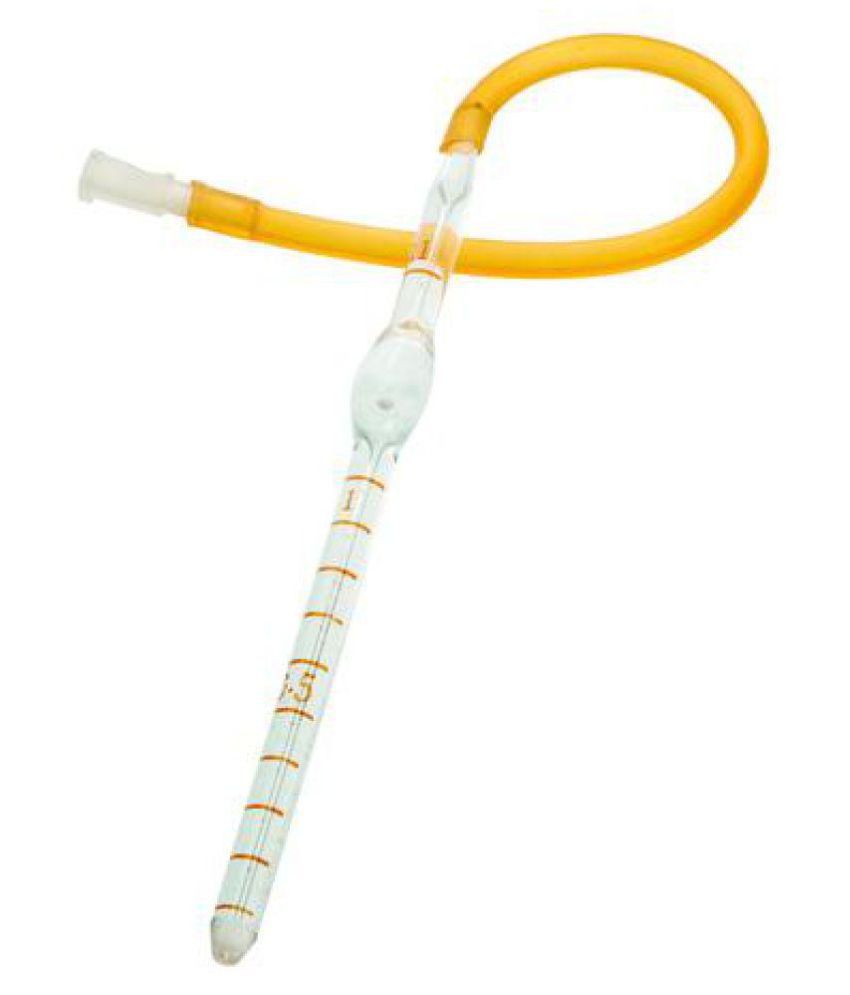
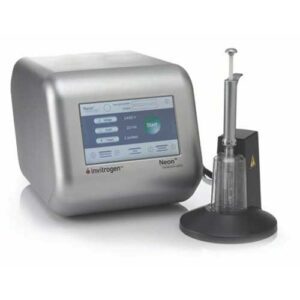
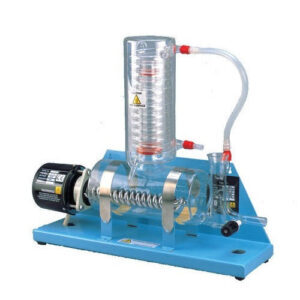
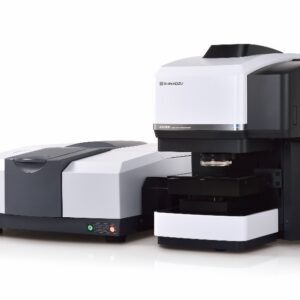
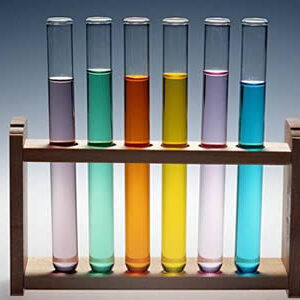
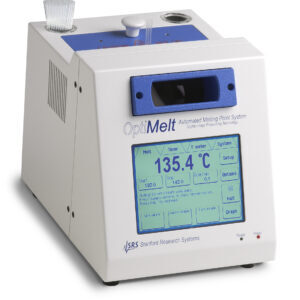
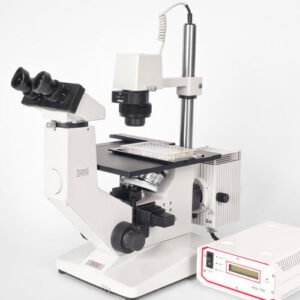
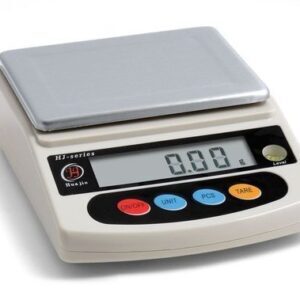
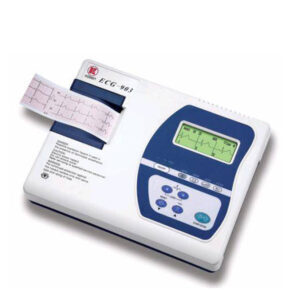
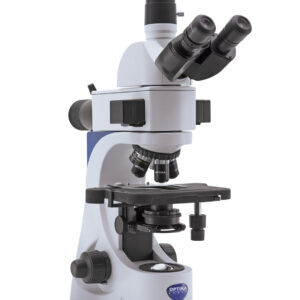
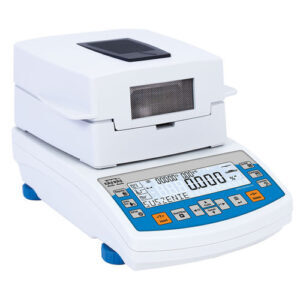
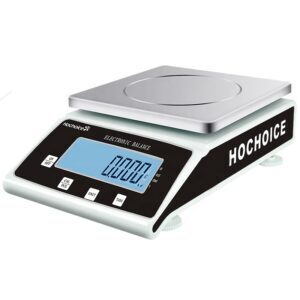
There are no reviews yet.